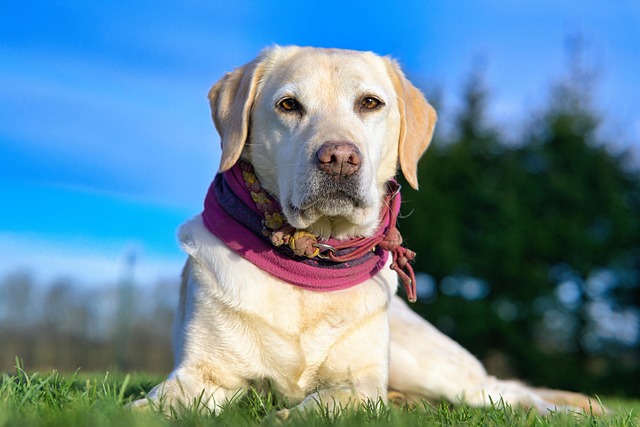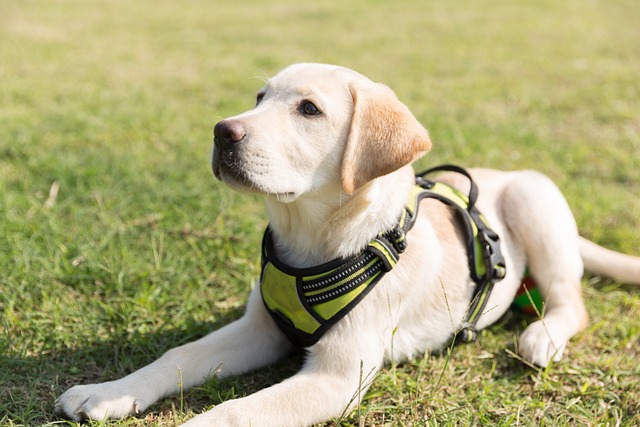
How do i train my dog to be obedient?
Watching your dog dart across the park ignoring your calls isn’t just frustrating—it can put them at risk near busy streets or public spaces.
Watching your newly adopted dog, Luna, cower in the corner when you simply stand up can be a heartbreaking and confusing experience for any new owner. You want to help, but you’re unsure where to even begin. Training an extremely anxious dog requires a complete shift in perspective; it’s less about teaching commands and more about building a foundation of felt safety and trust. The science behind this is rooted in behaviorism, specifically desensitization and counter-conditioning. This means you must become a master observer, identifying Luna’s subtle stress signals (lip licks, whale eye, yawning) and then systematically changing her emotional response to everyday triggers by pairing them with something incredibly positive, like high-value chicken or cheese. You’re not bribing her; you’re rewiring her brain to associate once-scary things with positive outcomes.
Your entire approach must be governed by one rule: never force her. Forcing an anxious dog to confront a fear, a practice known as flooding, will only deepen her trauma and break the fragile trust you’re trying to build. This philosophy of patience and empowerment is the absolute core of modern, force-free training, which is not just a cultural preference but is increasingly reflected in animal welfare laws across many U.S. states that discourage aversive methods. Start your training in the smallest, safest room in your apartment. Let her choose to engage with you on her terms. Toss treats her way without demanding anything in return. Practice simple "touch" targeting exercises where she boops your hand with her nose for a reward. This builds communication and her confidence in making choices, which is incredibly empowering for an animal that feels it has no control over its environment.

As Luna gains confidence indoors, you can slowly expand her world, but always at her pace. This is where your role as a responsible community member dovetails with her training. For an apartment dweller, this might mean choosing to use a private stairwell instead of a crowded elevator for potty breaks, or taking walks at 5:30 AM when the hallway is quiet. Your vigilant management ensures she is never pushed into a situation that triggers a fearful reaction, which could lead to a defensive nip or barking episode. This proactive care is a direct extension of your other civic duties: just as you are legally required to keep her on a leash and clean up her waste in public spaces, managing her anxiety is part of ensuring she is always under your control and not a nuisance or risk to neighbors.
Training an extremely anxious dog is a profound commitment that mirrors the other non-negotiable responsibilities of pet ownership, like keeping her rabies vaccination meticulously current. It’s a slow, often non-linear journey measured in tiny victories: the first time she voluntarily comes to you for pets, or the day she takes a treat in the hallway. By prioritizing her emotional welfare through compassionate, science-based methods, you’re doing more than training; you’re giving her a new lease on life and solidifying your role as her trusted advocate and a conscientious member of your community.

Watching your dog dart across the park ignoring your calls isn’t just frustrating—it can put them at risk near busy streets or public spaces.

New puppy owners often find themselves rushing to clean up accidents before they set in, and that’s where puppy pad training becomes a game-changer.

If you've noticed your dog's waistline disappearing and your veterinarian has mentioned those few extra pounds, your first instinct might be to simply reduce the amount of food in their bowl.

Training a dog to use a designated spot indoors isn’t as daunting as many new owners fear, but it does take consistency and an understanding of your pet’s needs.

That moment of dread on a walk is all too familiar for many new dog owners. You see another dog approaching down the sidewalk of your neighborhood

If the sight of another dog on your neighborhood walk makes your heart sink as your own dog erupts into a frenzy of barking and lunging, you're not alone.